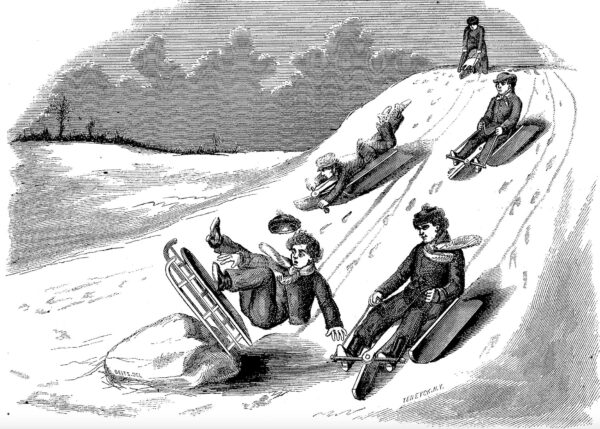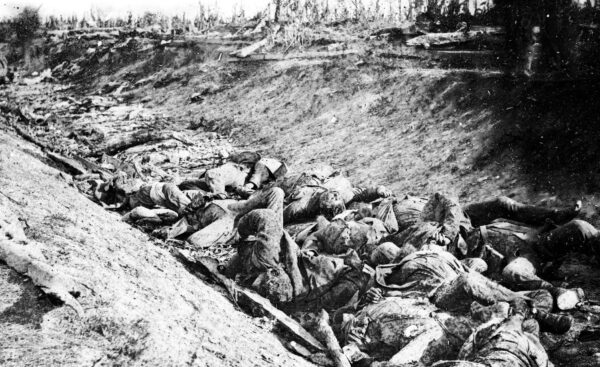
The Front Line
Our communal blog featuring the latest in Civil War news, research, analysis, and events from a network of historians

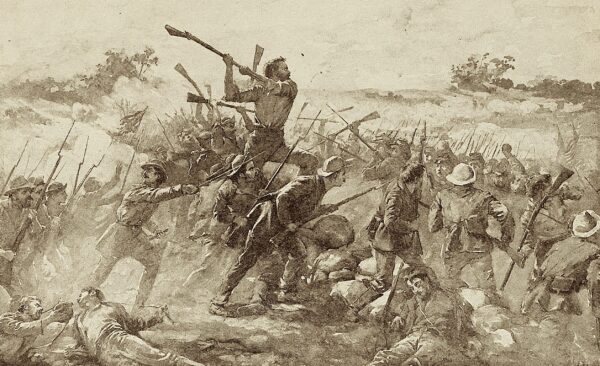
Published: 6/30/25
A Texan at Gettysburg
Discover the heartfelt letter of a Texas soldier, John Camden West, to his son after the Battle of Gettysburg.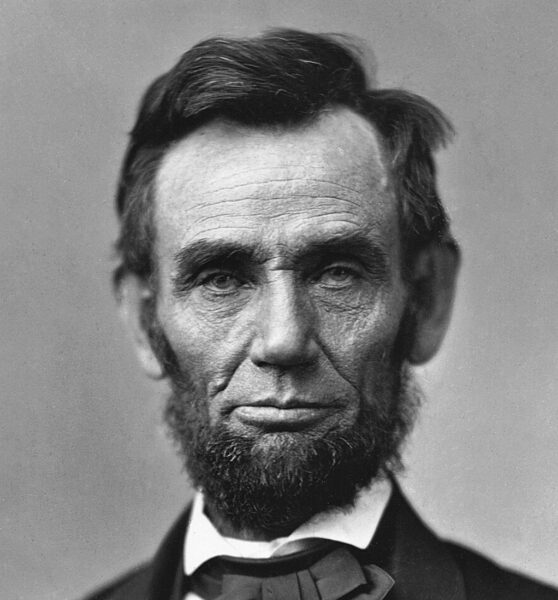
Published: 6/23/25
“Conceived in Liberty”
Historian Christian McWhirter on how Abraham Lincoln's thinking on the Declaration of Independence fundamentally shaped how he defined freedom.
Published: 6/9/25
A Visit to Armstrong’s Hill
An exploration of the site of the Battle of Armstrong Hill, a little-known engagement fought outside Knoxville, Tennessee, in 1863.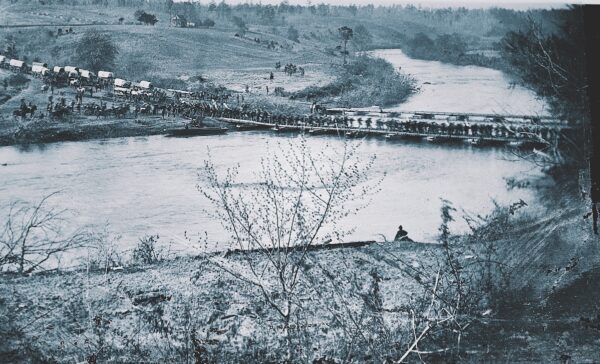
Published: 6/2/25
Eyewitness to the Overland Campaign
Experience the Overland Campaign of 1864 through the eyes of John R. Pillings, a corporal in the 86th New York Infantry.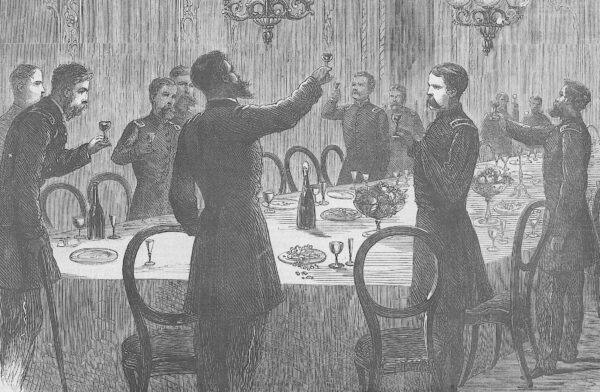
Published: 5/26/25
The Waste of War
Explore the physical and emotional toll of the Civil War through the powerful poem "April 30, 1864" by Charles G. Halpine.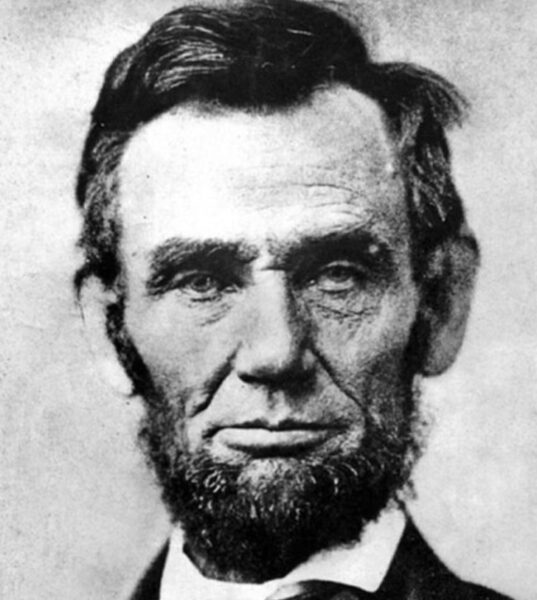
Published: 5/19/25
Misquoting Honest Abe
A look at how and why the most revered and respected figure in American history—Abraham Lincoln—is regularly misquoted today.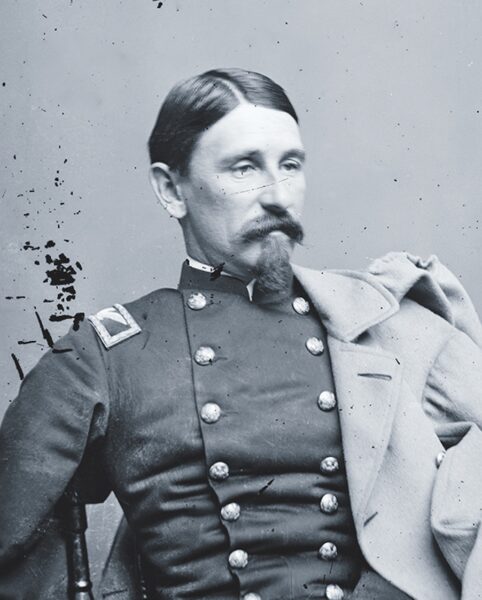
Published: 5/5/25
Smoothbore vs. Rifled Muskets
A look at the military philosophy of Colonel George Willard, whose advocacy for the use of the smoothbore (not rifled) musket in battle flew in the face of contemporary thinking.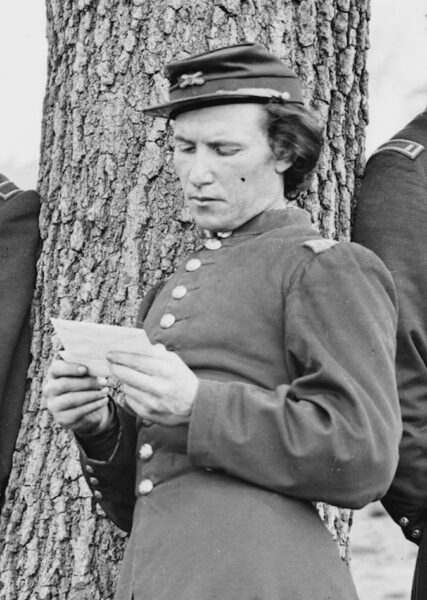
Published: 4/28/25
Extra Voices: Please Write!
Read comments from Union and Confederate soldiers about their intense desire to receive news from family and friends back home.
Published: 4/21/25
The Burning of Harmon Farm
The story of Gettysburg teenager Amelia Harmon, who took shelter in the family home as the fighting swirled around it on July 1, 1863.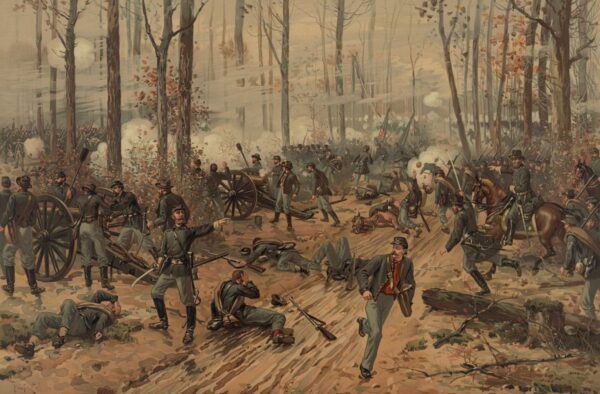
Published: 4/7/25
Killed at Shiloh
Read a moving letter to the parents of a Union soldier killed at Shiloh that the "Dead-letter Office" tried to see delivered properly.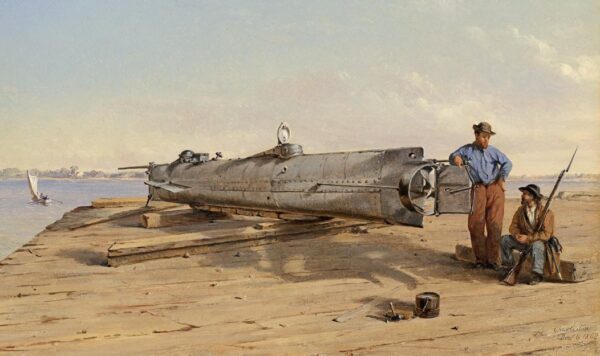
Published: 3/31/25
CSS Hunley Reconsidered
What happened to the crew of the Confederate submarine Hunley? A scientist offers his expert opinion.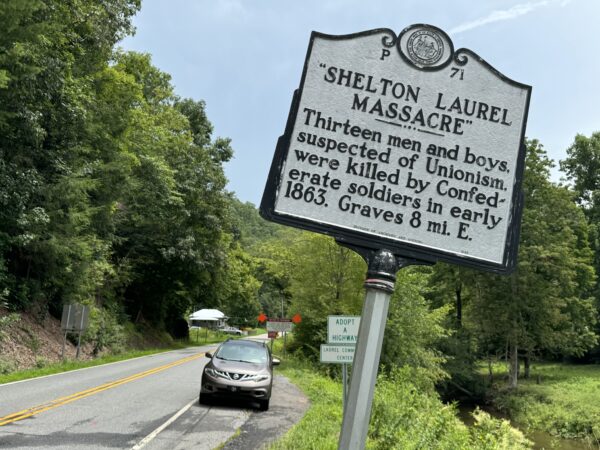
Published: 3/24/25
A Tragic History
The author visits a cemetery for massacre victims in a lonely Carolina valley.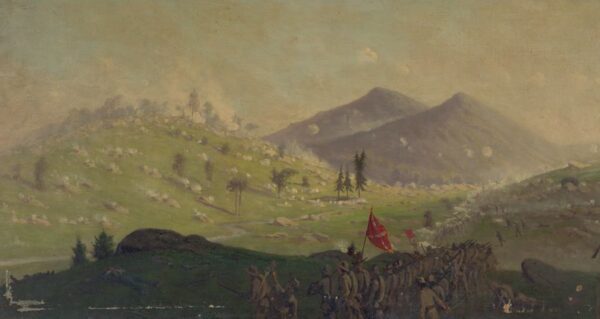
Published: 3/10/25
A Lesser-Known Gettysburg Hero
Colonel Joshua L. Chamberlain of the 20th Maine Infantry earned the Medal of Honor for his actions at the Battle of Gettysburg. So too did his regiment's color sergeant, Andrew Jackson Tozier.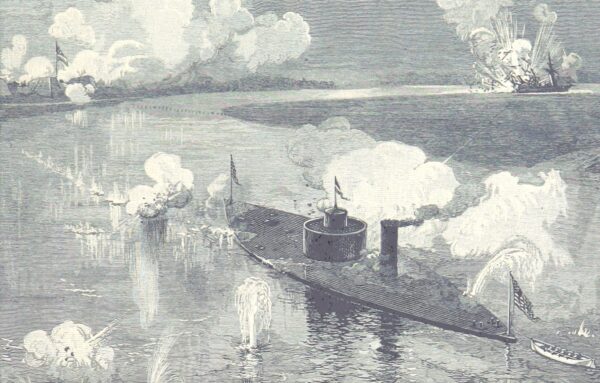
Published: 3/3/25
Cleaning Ironclads
A look at the process used to clean the ironclad monitor-class warships that made up the Union's South Atlantic Blockading Squadron.
Published: 2/17/25
Medicine From a Pandora’s Box
Explore the story of the Civil War medicine box belonging to Confederate surgeon Christopher H. Tebaul.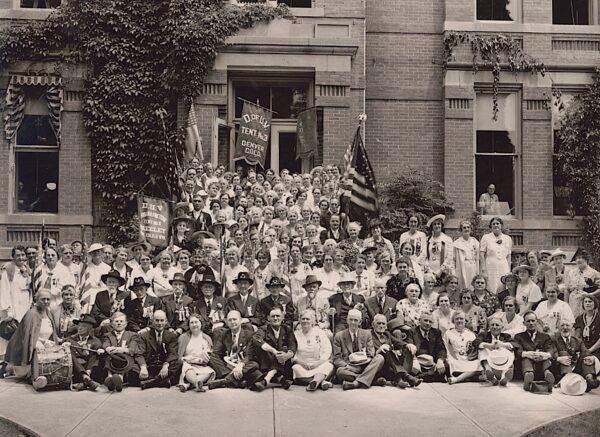
Published: 2/3/25
Veterans Visit an Idealized West
A gathering of Union veterans in 1880s Colorado sheds light on the country's attitude toward the American West—both as a space for reconciliation and as a prize.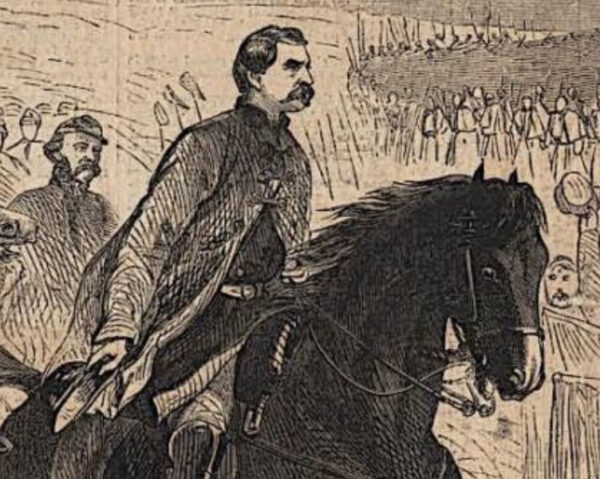
Published: 1/27/25
Handsome Dan
A profile of Union general George B. McClellan's war horse "Daniel Webster," also known as "Handsome Dan."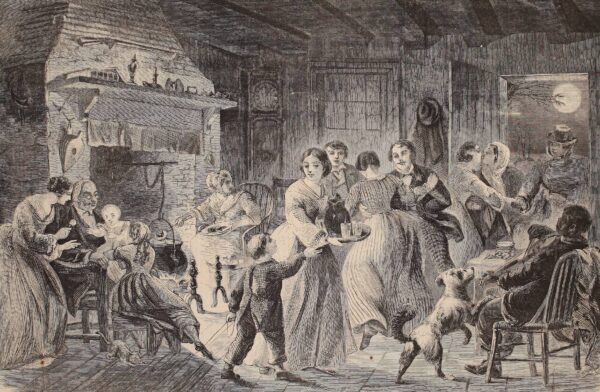
Published: 1/20/25
Family Ties
How understanding our familial connections to the past help us form our collective aspirations for the future.